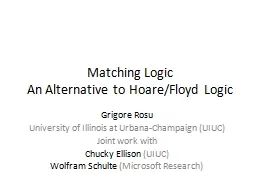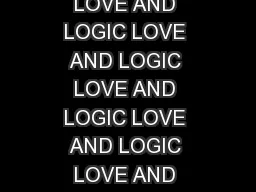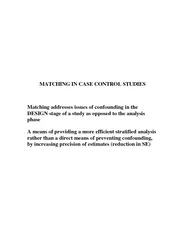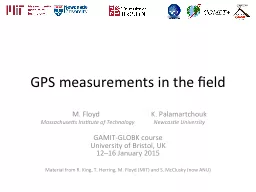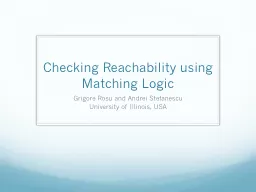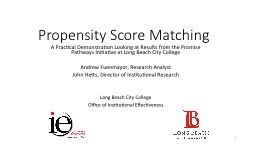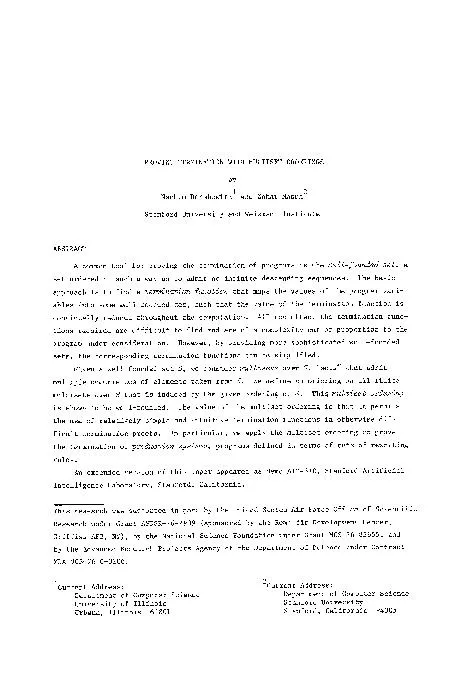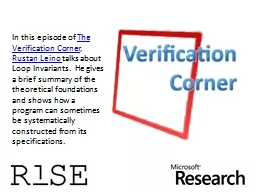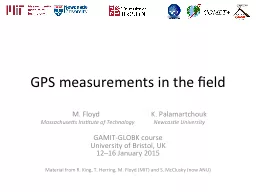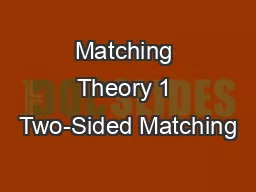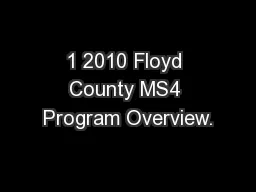PPT-Matching Logic An Alternative to Hoare/Floyd Logic
Author : sherrill-nordquist | Published Date : 2018-03-13
Grigore Rosu University of Illinois at UrbanaChampaign UIUC Joint work with Chucky Ellison UIUC Wolfram Schulte Microsoft Research How It Started NASA project
Presentation Embed Code
Download Presentation
Download Presentation The PPT/PDF document "Matching Logic An Alternative to Hoare/F..." is the property of its rightful owner. Permission is granted to download and print the materials on this website for personal, non-commercial use only, and to display it on your personal computer provided you do not modify the materials and that you retain all copyright notices contained in the materials. By downloading content from our website, you accept the terms of this agreement.
Matching Logic An Alternative to Hoare/Floyd Logic: Transcript
Download Rules Of Document
"Matching Logic An Alternative to Hoare/Floyd Logic"The content belongs to its owner. You may download and print it for personal use, without modification, and keep all copyright notices. By downloading, you agree to these terms.
Related Documents

